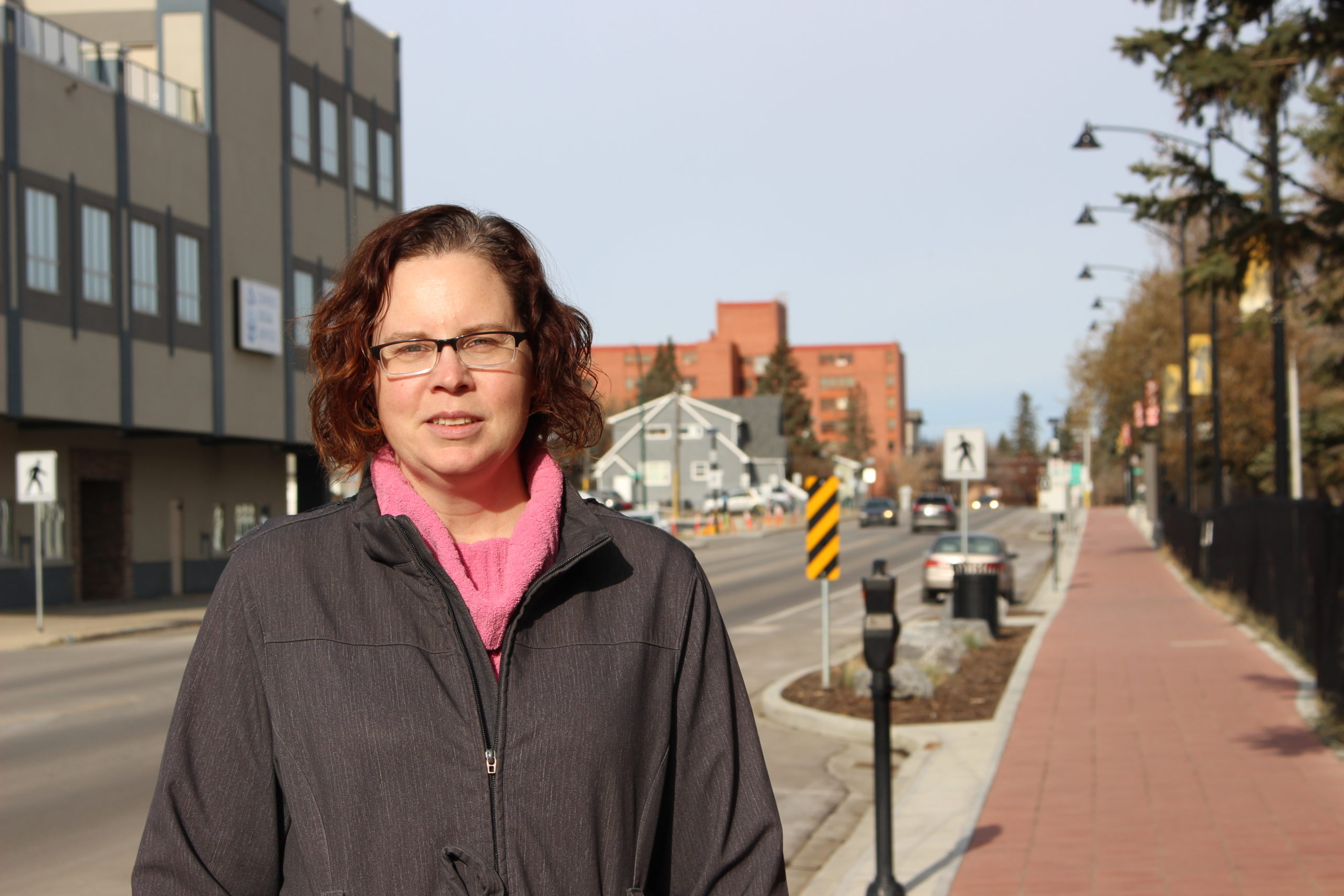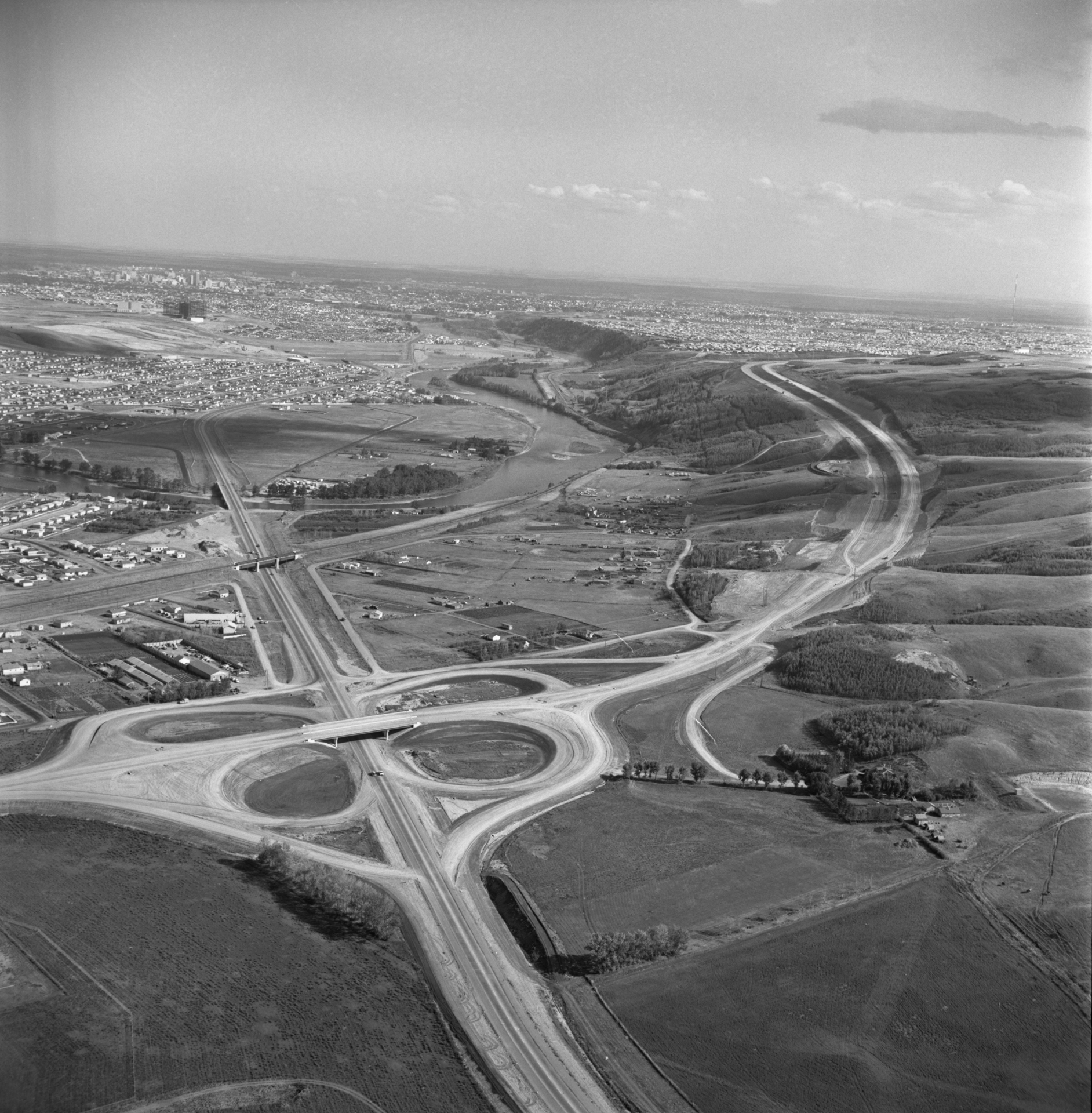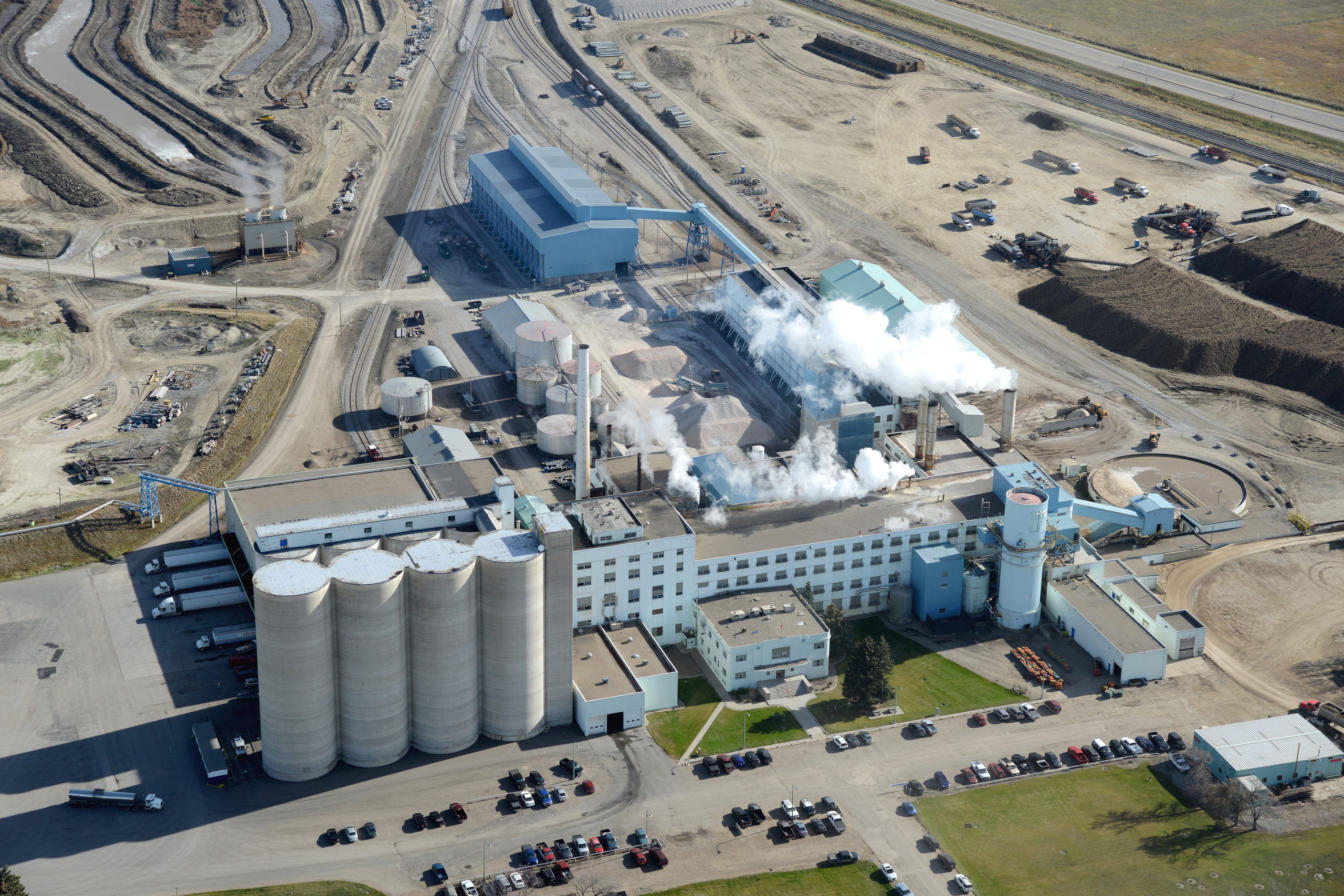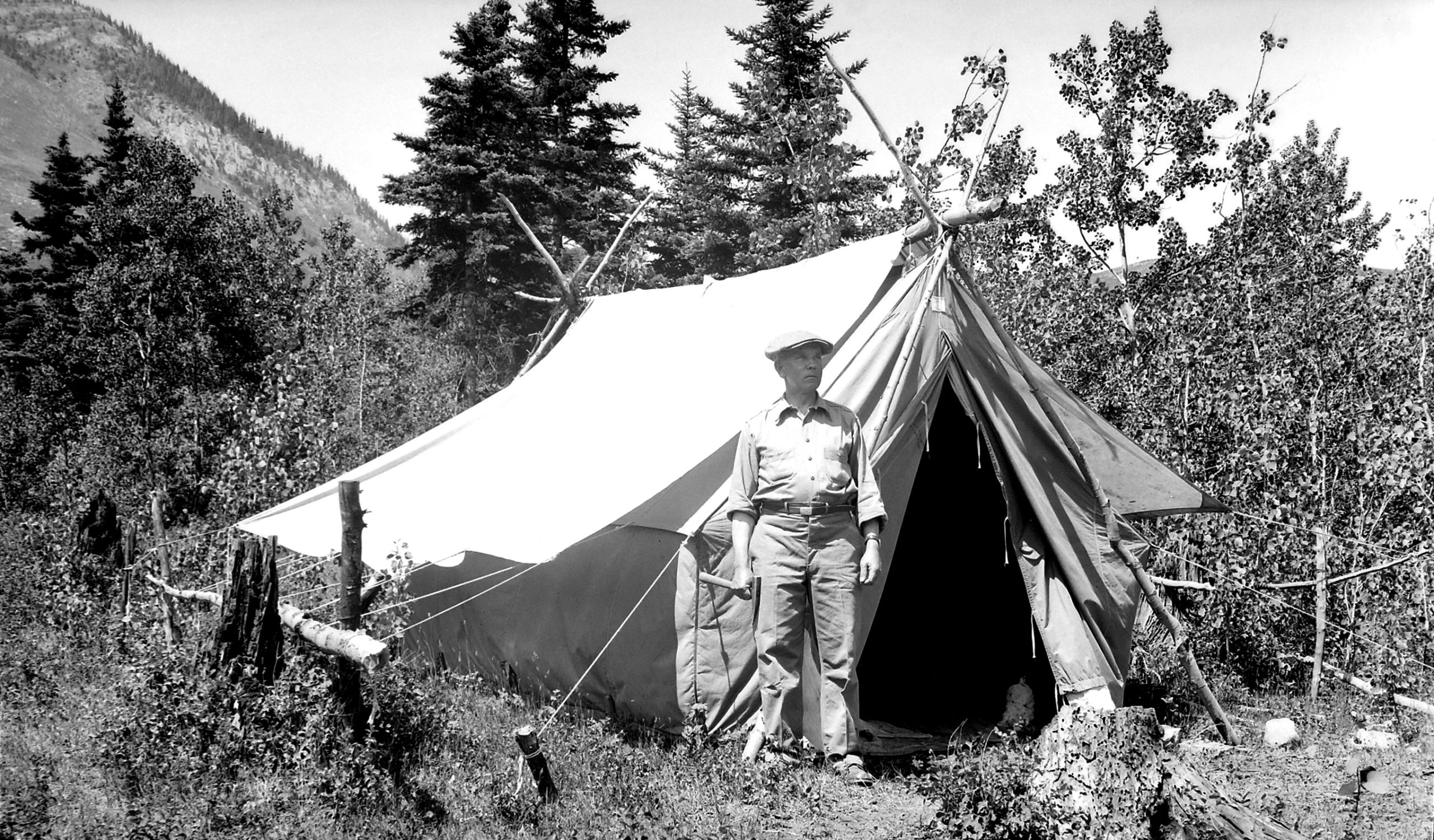Glenbow Archives na-2864-1934-1
Life is a Highway; a Transportation Transformation
Fort McMurray is Alberta’s oil sands epicentre. But in the early 1960s, it was a remote outpost, accessible only by air, rail, river, rough trails—and sometimes dog sled.
That would soon change, with construction of the northern leg of Highway 63 starting in 1962. Built of gravel, it was the first road connecting Fort McMurray to the province’s growing transportation network.
Another major milestone was celebrated in 1962, the official opening of the Trans-Canada Highway. The 8,000–kilometre route joined the nation from east to west. Alberta’s section wound through the Rockies, Calgary, and Medicine Hat.
The 1960s also saw the twinning of Highway 2, Alberta’s busy north-south route between Calgary and Edmonton.
It was quite an improvement from 1906, when the first automobile trip from Calgary to Edmonton took two days. That same year Alberta introduced auto speed limits: 20 miles per hour in the countryside, 10 miles per hour in the city.
Motorists at the start of the 20th century built and maintained many of their own roads, and they were often rutted and impassable. Automobile clubs formed, leading the push for better and safer roads.
In 1913, the Government of Alberta created an official highways branch. By 1920—the same year APEGA was formed—more than 38,000 vehicles were registered in Alberta. Two years later, municipal and provincial governments agreed to share road-building costs.
Alberta’s extreme terrain presented engineering professionals with many unique challenges. Soft muskeg, dense forest, deep coulees, and rugged mountains had to be traversed. This sometimes slowed the engineers down. But it didn’t stop them.
Major improvements continued in 1939, when the province announced plans to pave 1,600 kilometres of roads. This included routes joining Calgary to Edmonton, Calgary to Banff, and Edmonton to Jasper. Work was completed in 1940, just in time for tourist season.
The end of the Second World War and the beginning of an oil boom in 1947 brought rapid population growth and urbanization to Alberta. As people bought more cars and moved to the suburbs, towns and cities began planning their growth around automobiles.
Roadway improvements in the 1950s included mandatory drainage culverts, ditches, and guardrails. Better roads meant higher speed limits, and engineers now had to consider greater stresses and loads on cars, passengers, and pavement.
“Engineers have played an instrumental role in the development of Alberta’s transportation network through the planning, design, and construction of infrastructure across our province,” notes Niki Burkinshaw, P.Eng., a transportation engineer with the City of Red Deer.
That role continues, although the view is widening beyond passenger vehicles.
In Red Deer, for example, the city has adopted a multimodal plan. The goal is a more balanced transportation network that includes efficient roads for drivers, continuous and connected paths for cyclists and pedestrians, and accessible public transit.
Burkinshaw, who helped develop the plan, says multimodal transportation improves safety and gives people more choice.
“The industry is continuing to evolve as new technologies and trends emerge such as connected and autonomous vehicles, drone delivery services, micro-mobility, and mobility–as–a–service, to name a few,” she says.
“It’s imperative that engineers continue to ensure the safe and efficient transportation of people and goods while adapting along with changes in society, technology, the environment, and public policy.”
Micro-What?
Micro-mobility includes transportation options like electric scooters, electric skateboards, and shared bicycles.
Mobility-as-a-service includes ride sharing and car sharing services, e-hailing (ordering transportation online), bike sharing, and scooter sharing.
Red Deer transportation engineer Niki Burkinshaw, P.Eng., is helping develop the city’s multimodal network, which aims to improve options for drivers, cyclists, pedestrians, and transit users.

Photo courtesy of Niki Burkinshaw, P.Eng.
Built in 1962, the Gaetz Avenue interchange in Red Deer was part of upgrades to the Highway 2 corridor. Completed in 2019, major engineering improvements enhanced safety. The $100 million project included removal of three bridges, construction of five new bridges, and realignment of the highway.


